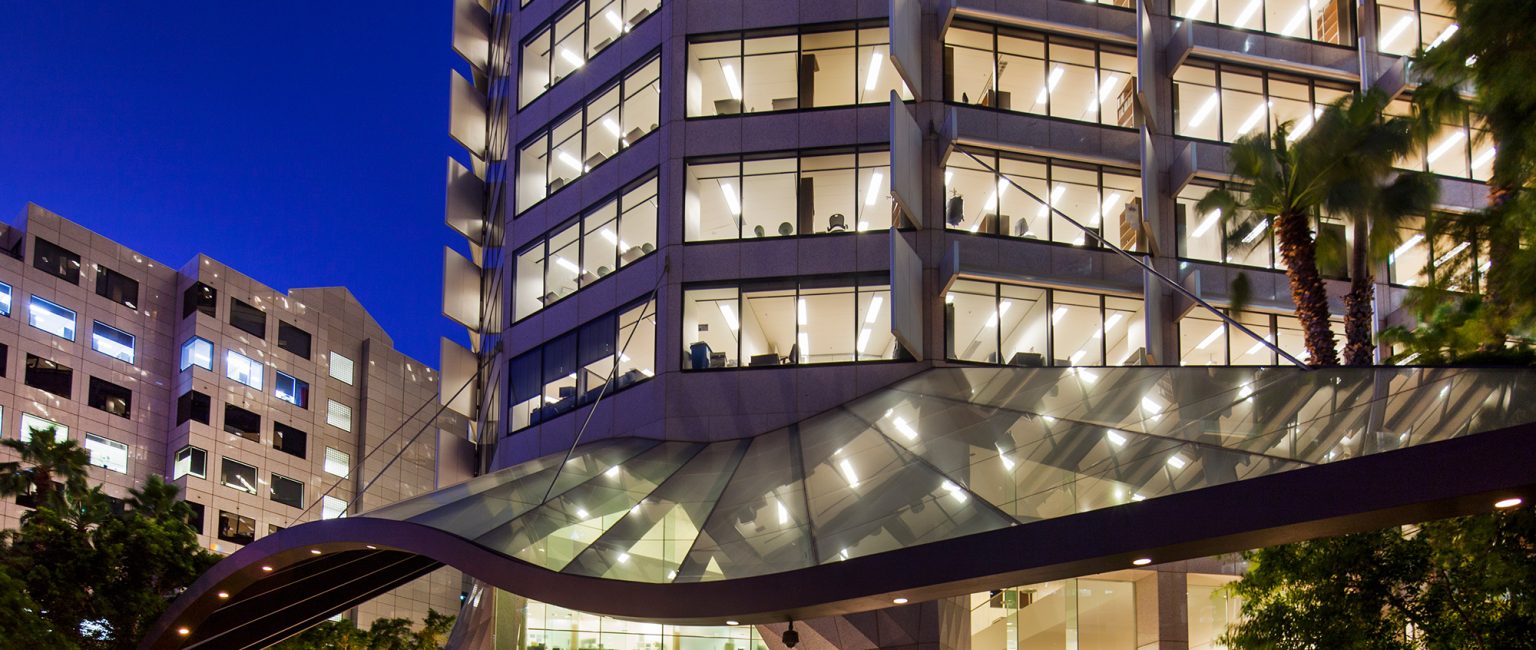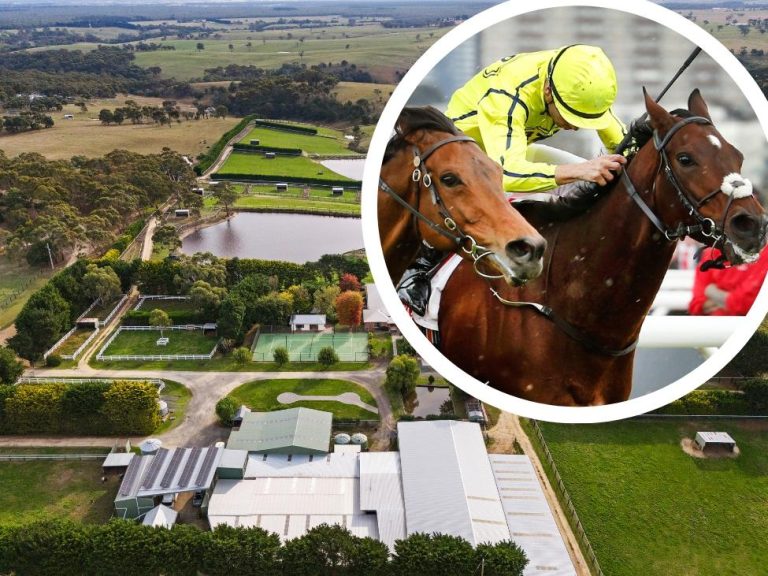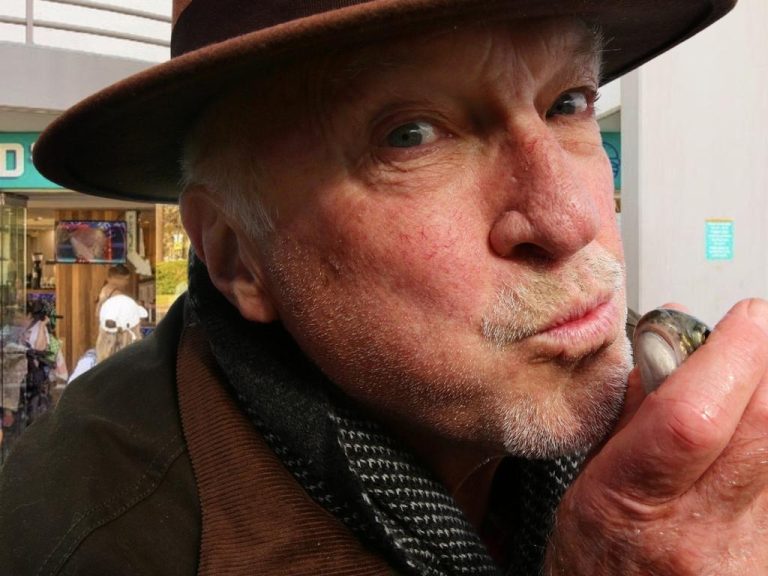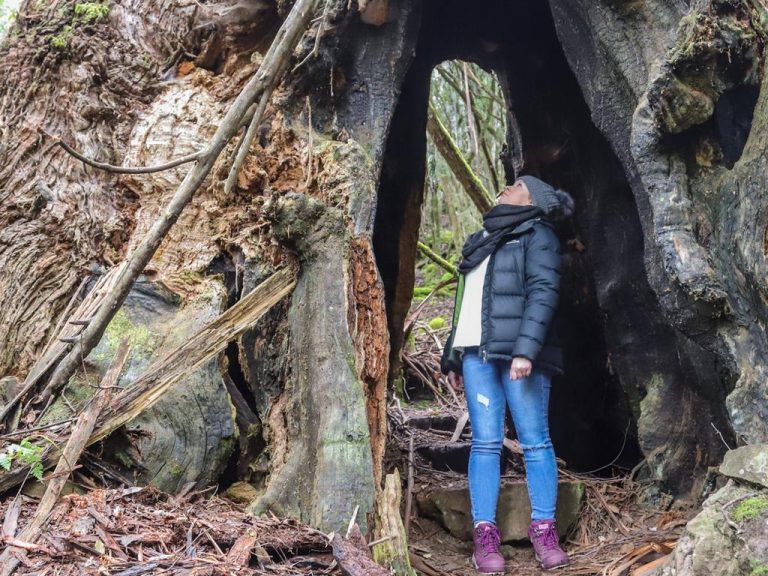Award-winning 43-storey Perth office tower at the forefront of water sustainability

Waterless urinals, low flow tapware and an intuitive irrigation system are among the water wise initiatives which have seen a 43-storey premium-grade tower in Perth awarded the 2022 Platinum Waterwise Building of the Year.
The QV1 Building, located at the western end of the Perth CBD, at the corner of Hay and Milligan streets, comprises a mix of food and beverage retailers. It was completed in 1991 and designed by internationally renowned architect Harry Seidler AC.
It has been recognised as one of WA’s leading sustainable commercial towers by receiving platinum and gold accreditation as part of the Water Corporation’s Waterwise Business Program.
The QV1 building was among the WA waterwise businesses and office buildings that helped save an estimated 12 billion litres of precious drinking water in 2020-21.

Low-flow tapware, waterless urinals and dual flush toilets have helped QV1 building in Perth save so much water. Picture: Supplied by QV1 Building
Perth’s Crown Metropol and Crown Towers won the Platinum Commercial Waterwise Business of the Year for the close monitoring of their cooling towers that keep the building cool but can use a lot of water.
D’Orsogna Limited took out the Platinum Industrial Waterwise Business of the Year for ensuring their facility has the most water efficient taps, washdown guns and water saving processes.
“All three winners demonstrated waterwise leadership by identifying, trialling, and implementing new ways of reusing and recycling water above minimum standards,” Watercorp said in a press release.
Water efficiency is at the forefront of sustainability
Saving water, as part of an overall sustainability mindset, is being embraced by forward-thinking businesses around the country, who are increasingly realising the benefits this brings to not only their branding, but also the bottom line.
“QV1 has always endeavoured to be at the forefront of sustainability and efficiency. Our approach has consistently been focused on educating staff, onsite security and subcontractors to align with our water efficiency goals,” QV1 Building engineer manager Joe D’Alessandro said.
“In doing so, our efforts on water management have achieved outstanding waterwise outcomes – and, more recently, secured a NABERS 4.5 star rating in October last year.”

Intuitive irrigation across the 65,036 sqm precinct allows gardens to be watered according to live weather patterns, ensuring only necessary watering is undertaken. Picture: Supplied by QV1 Building
Water Corporation customer and community general manager Karen Willis applauded QV1’s ongoing commitment to water efficiency.
“Every drop of water in Western Australia is precious and it’s up to us all to ensure we use water as efficiently as possible,” she said.
QV1 has spent $2.5 million on waterwise measures and upgrades since 2008, which is in addition to the monitoring, measuring and managing of the building’s water use.
Sustainability the new way of working and building
Nowadays, there was more expectation from both the consumer and the employee that an organisation had an array of sustainable practices in the way they operate, Dr Libby Sander, assistant professor of organisational behaviour at Bond Business School, said.
“Obviously, the lease cost and operation cost of an office is the second biggest expense for organisations after their salary, and so especially, with COVID you know, there has been so many savings that have been achieved when we were all working from home, whether that be electricity or water, commuting, air-conditioning – the whole thing.
“I think we are seeing this general approach to smart buildings, and people who may not be so familiar with this area is once you would turn on the lights in a building [and] they’d be on all day, and once you turn on the air-conditioning it would be on all day, and these types of things.
“Now we are seeing things really tailored to the experience of the user and also that idea of following them around the building. So, you know air conditioning will shift based on where activity is happening.”
The pandemic has brought a new focus on hygiene with touch-free and self-cleaning surfaces, Dr Sander said.
Investors, consumers and employees were all looking for things that companies were doing and the choices they made.
“Are they going to work for certain companies based on these types of choices?” she said.
“For some companies, it can seem overwhelming so starting with the low hanging fruit is a good thing.
So, obviously energy efficiency is the low hanging fruit but other companies are doing things like sustainable architecture, incorporating various materials into their buildings.”
Other initiatives becoming more common amongst workplaces included the acknowledgment that better air quality could impact cognition productivity by up to 20 %, Ms Sander said.
The use of Circadian lighting was once quite rare but was becoming more common, Ms Sanders said.
“Increasingly people are more stressed and flowing over to going home and they have that trouble sleeping and circadian lighting can certainly help that,” she said.







